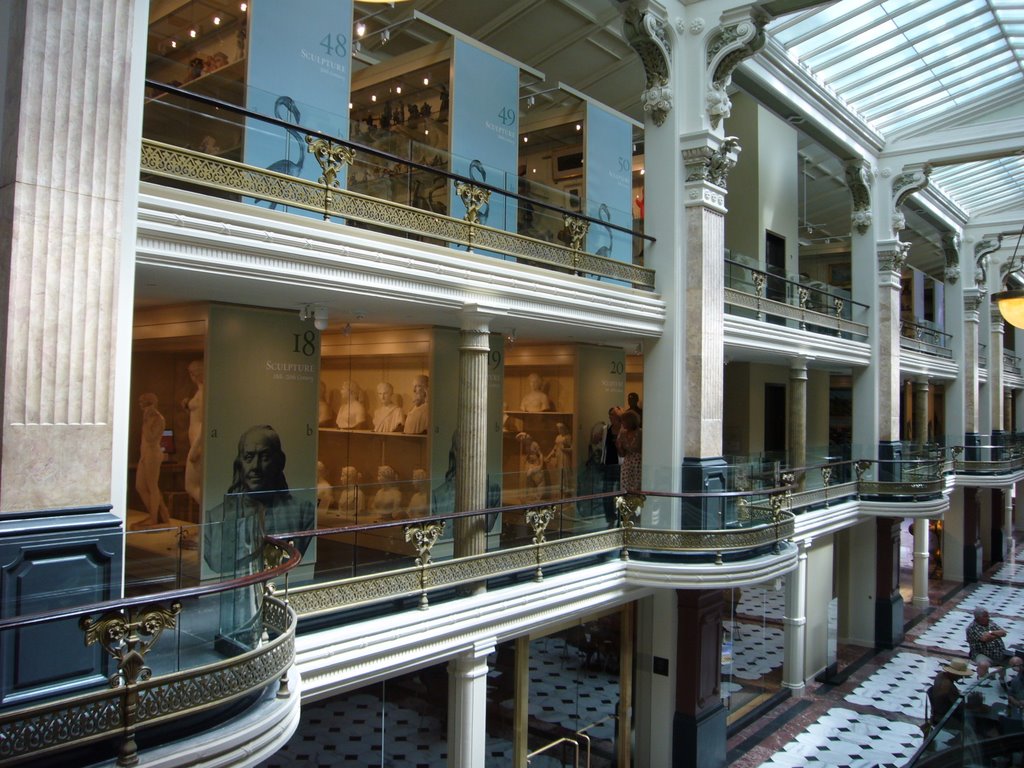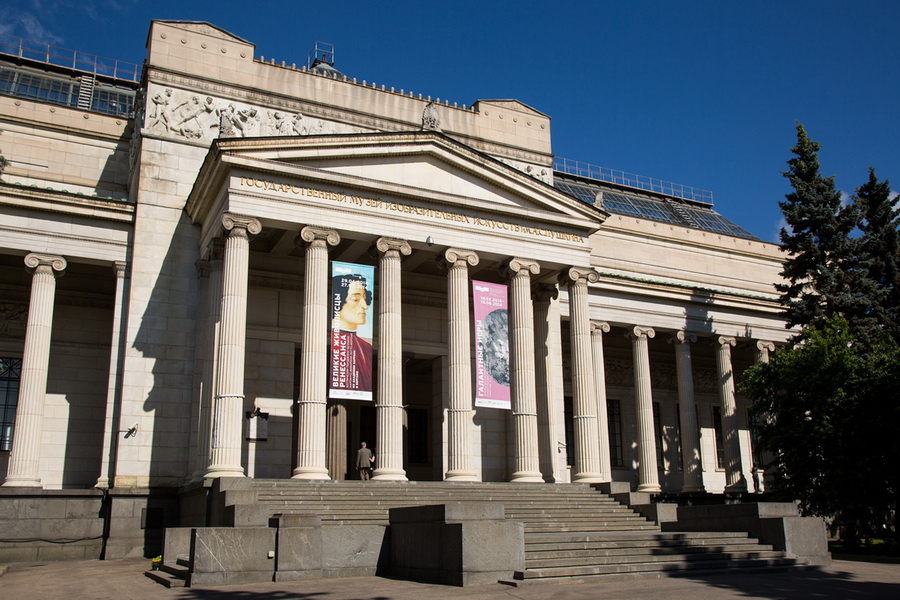
For this matter, speaking of luxury goods in the context of globalization is actually nonsensical since the traditional definition of luxury conveys that it was shared exclusively between restricted elites such as monarchs, aristocrats or magnates from all over the world. Possessing this kind of objects was a sign of distinction. One had to order them from Paris to obtain them. In the beginning, French luxury goods were highly appreciated abroad because such products weren’t available in foreign countries. Although it sounds a bit cliché, this success is a fact based on a historic marketing well-orchestrated by France since the late 17th century. French art, French food, French luxury are actually highly appreciated. WZ: For a long time now, there is a fascination for France in the world and I notice to what extent it is strong here in DC. What does the attractiveness found in an object of art and French luxury represent in today’s globalized world?

Kate Markert, introduced me at the first lecture I gave at Hillwood on 19th century French Luxe with these words: “he was made for Hillwood”. A few years later, our executive director, Mrs. Speaking about my future after one of our meetings, he told me: “this will end in Russia or in the USA”. When I started my PhD at the Sorbonne University, my supervisor, Professor Barthélémy Jobert, understood how my research topic coupled with a French PhD would be appreciated abroad. That makes Hillwood’s collection of French and Russian art particularly remarkable. One of my interests in 19th century Art history is the history of collecting French art abroad, especially in Russia. Invited to participate at another conference in the United States the same year, I came back to Hillwood where I spent time in their extraordinary library, a dream place for a scholar in my field and where I found documents that were only available in Russia! In 2013, I became Hillwood’s first curatorial fellow and when the museum offered me a position, I immediately accepted. After this first term in Washington, I was not only thrilled by Hillwood’s collection, but also impressed by the beauty of the city with its magnificent monuments, museums and art collections and the charm of its parks, whose urban and social organization reminded me of the European concept of Residenzstadt. During my visit, I recognized many objects I knew through books but I discovered many other interesting items as well, especially French silver and porcelain, that were displayed in the Mansion or found in Hillwood’s storage. At first, I just planned to visit the museum as a tourist, but a Russian colleague from the State Hermitage Museum encouraged me to contact Hillwood’s chief curator, Mrs. I was aware of the connections between Hillwood’s collection - French and Russian decorative arts - and my own area of expertise. WZ: My first trip to DC was in 2011, when I came to visit friends.


How does a French academic find resonance in the field of History of 19th century Art and becomes a curator for 19th century art at Hillwood Estate, Museum and Gardens in Washington, DC? Do you consider that your research on the influence of French taste on objects of art and luxury naturally leads you to experiment another form of cultural influence, for instance, that of transmitting and sharing the French savoir-faire and expertise? He has contributed to more than 10 exhibition catalogs, and has curated exhibitions in Paris and Monaco. Zeisler has written widely on decorative arts in France and Russia, including a 2010 book on ceramics and several articles. His dissertation was titled The purchases of French ‘objets d’art’ by the Russian Court, 1881-1917.īefore coming to the District, Wilfried Zeisler worked as a research lecturer at the Ecole du Louvre and at Sorbonne University in Paris. He is a graduate from the Sorbonne University and from the Ecole du Louvre, Paris, and is a scholar of French and Russian art. Zeisler was appointed associate curator at Hillwood in February of last year, having served as the Museum’s first curatorial fellow in early 2013. The intimate setting of Hillwood's Dacha offers the chance to see these precious objects more closely than ever. The exhibition Splendor and Surprise at Hillwood Estate, Museum and Gardens in Washington, DC is the first major exhibition by French curator Wilfried Zeisler, curator of 19th century art. More than 80 remarkable boxes, coffers, chests, and other containers reveal the beautiful and unexpected ways that cultures have contained their most treasured items and everyday objects from the 17th through the 20th century.


 0 kommentar(er)
0 kommentar(er)
